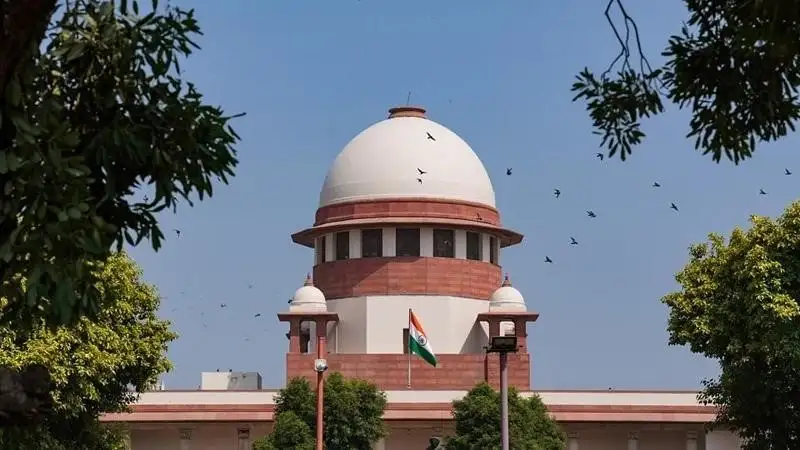Article 142 of the Indian Constitution played a pivotal role in a recent landmark decision by the Supreme Court to rectify the controversial mayoral election result in Chandigarh.
About Article 142:
- Article 142 of the Indian Constitution played a pivotal role in the Supreme Court’s intervention.
- This constitutional provision empowers the Supreme Court to pass any decree or order necessary for doing complete justice in any case or matter pending before it.
- It also makes such decree or order enforceable throughout the territory of India.
Key features of Article 142:
- Transcending Legal Limitations: Allows the Supreme Court to go beyond legal constraints to ensure justice for the involved parties.
- Executive and Legislative Functions: Grants the authority toSupreme Courtto exercise executive and legislative functions in specific situations, such as issuing guidelines, directions, or orders to the government or other authorities.
- Intervention in Public Interest: Permits the Supreme Court to intervene in matters of public interest, human rights, constitutional values, or fundamental rights, and to protect them from any violation or infringement.
- Guardian of the constitution: It enhances the Supreme Court’s role as the guardian of the constitution and the final arbiter of the law, and as a source of judicial activism and innovation.
Some examples of the Supreme Court’s use of Article 142:
- Release of Undertrial Prisoners: Ordering the release of undertrial prisoners who have served more than half of the maximum sentence prescribed for their offenses.
- Compulsory Education Directive: Directing the government to provide free and compulsory education to children aged 6 to 14.
- Committee Appointment for 2G Spectrum Scam: Appointing a committee to oversee the investigation and prosecution of the 2G spectrum scam.
- Cancellation of Illegal Coal Block Allocations: Cancelling the allocation of 214 illegal and arbitrary coal blocks.
- Gender Equality in the Army: Granting permanent commission to women officers in the Indian Army.
Provisions supporting article 142:
- Article 142 of the Indian Constitution is reinforced by various provisions, such as Article 32 (guaranteeing the right to constitutional remedies), Article 141 (mandating that all courts within India must abide by the Supreme Court’s decisions), and Article 136 (enabling the Special Leave Petition).
- Together, these provisions form the basis of “judicial activism,” allowing the Supreme Court to occasionally supersede parliamentary legislation in the pursuit of delivering “complete justice.”
Limitations and Challenges of Article 142
- Separation of Powers Concerns: The exercise of Article 142 may encroach upon the principle of separation of powers, leading to criticism of judicial overreach or activism.
- Constitutional Boundaries: The power granted by Article 142 is not unlimited.
- The court must ensure that its orders do not violate the basic structure of the Constitution.
- It cannot create a law or go against the fundamental principles of justice.
- Legislation vs. Adjudication: Article 142 allows the Supreme Court to pass orders to meet the ends of justice, but it should not be used as a substitute for legislation.
- The court must be cautious not to overstep its boundaries and encroach upon the legislative domain.
Ref: Source
| UPSC IAS Preparation Resources | |
| Current Affairs Analysis | Topperspedia |
| GS Shots | Simply Explained |
| Daily Flash Cards | Daily Quiz |



